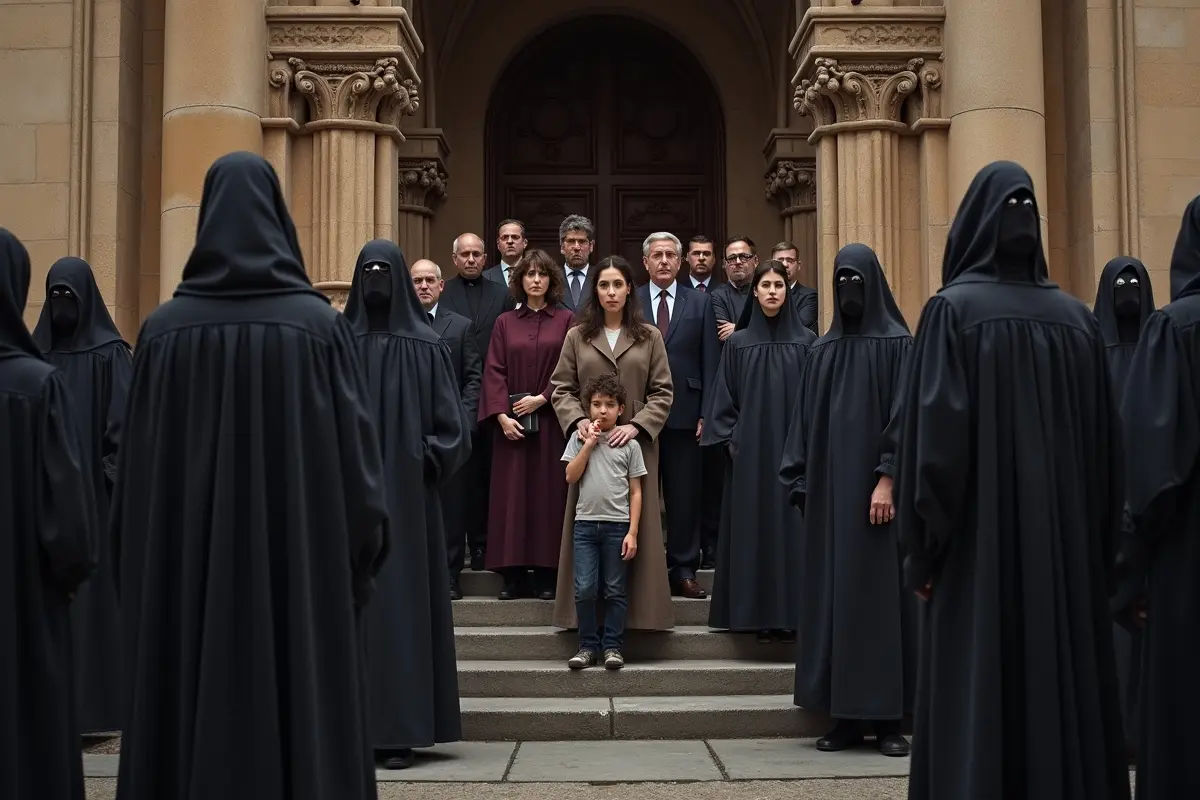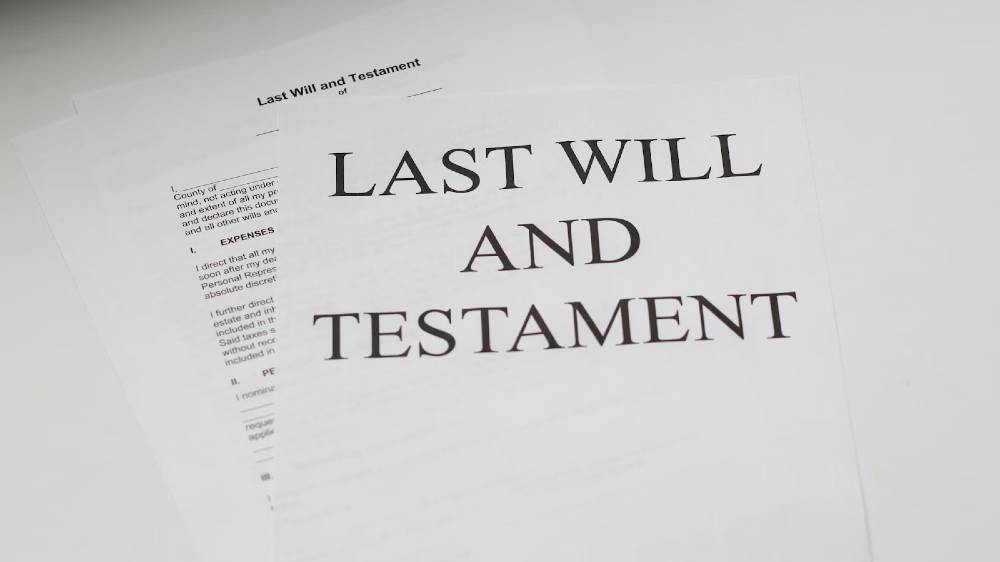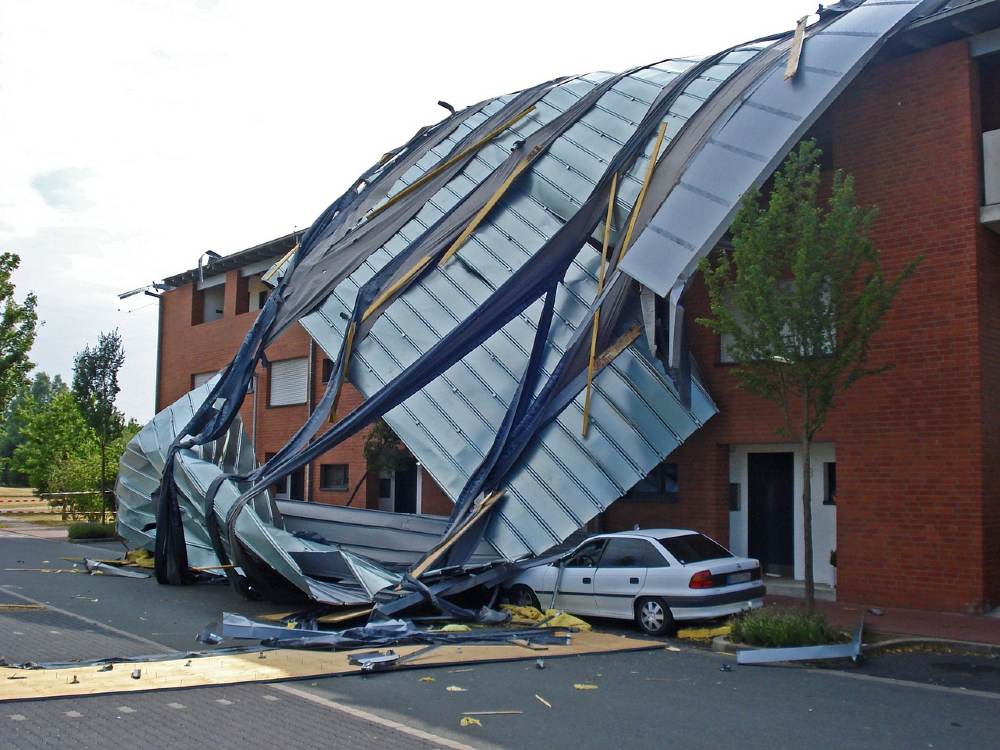Allegations of child sexual abuse within religious organizations continue to emerge across the country, often involving complex legal and emotional hurdles for survivors. While progress has been made in acknowledging these abuses and creating avenues for justice, survivors still face significant challenges—especially when trying to hold powerful institutions accountable.
Why These Cases Are So Difficult
Suing a religious institution due to child sexual abuse is uniquely difficult because of several related factors:
- Statutes of limitations: Many survivors don’t come forward until years—even decades—after the abuse occurred. Unfortunately, the legal time limits for filing a lawsuit can block their path to justice.
- Stonewalling: Religious organizations may attempt to shield clergy members or internal documents from scrutiny, often citing religious freedom or privacy.
- Emotional and spiritual trauma: Survivors may struggle not only with the trauma of abuse, but also with the fear of community backlash or being accused of attacking their faith.
Legal Barriers Survivors Often Face
Survivors can encounter institutional roadblocks such as:
- Non-disclosure agreements from past settlements preventing survivors from speaking out.
- Hierarchical structures can make it difficult to determine who is legally liable—the individual, the local congregation, or the larger governing body.
- Religious exemption claims that attempt to limit a court’s ability to intervene in internal matters.
These barriers often discourage survivors from seeking justice and allow harmful patterns to continue unchecked.
However, there is hope. Public awareness has grown in recent years, helping survivors step forward. Attorney J.J. Dominguez of The Dominguez Firm notes, “Coming forward and holding powerful institutions accountable is one of the most effective ways for survivors to make their voices heard. An experienced child sexual abuse attorney can help them pursue justice and end the culture of silence.”
States Are Addressing These Issues—Some More Than Others
Several states have taken steps to allow survivors of child sexual abuse more time and resources to file civil suits, especially against large institutions:
- California has eliminated the civil statute of limitations for child sexual assault occurring on or after January 1, 2024. For earlier abuse, survivors can sue until age 40 or within five years of discovering the injury. Additionally, a temporary window for past claims, the 2020 Child Victims Act, was enacted in 2020 and closed in 2022.
- New York also temporarily suspended the statute of limitations in 2019. The Child Victims Act temporarily led to a flood of new lawsuits against the Catholic Church and other institutions.
- Texas: Allows survivors to file civil lawsuits until age 48, or within 30 years of turning 18. While broader than before, this still leaves many survivors with limited time to act.
- Florida: Has eliminated the statute of limitations for criminal prosecution of certain sex crimes against minors, but civil cases still face time restrictions that can vary depending on circumstances.
Recent Developments Highlight the Continuing Issue
Recently, several religious organizations have faced new legal scrutiny over how they’ve handled reports of abuse:
- The Watchtower Bible and Tract Society of New York, the governing body of Jehovah’s Witnesses, has been accused in lawsuits of discouraging victims from reporting abuse to law enforcement, and of reinstating elders who had confessed to misconduct.
- The Catholic Church continues to face hundreds of lawsuits stemming from the temporary suspension of statutes of limitations in states like New York and California. Dioceses in both states are undergoing bankruptcy proceedings due to the volume of claims.
- The Southern Baptist Convention has come under renewed pressure after investigative reports revealed a pattern of leadership inaction and mishandled abuse allegations spanning decades.
These examples underscore a broader pattern of institutional resistance that often complicates a survivor’s path to justice.
What the Future Holds
While civil and criminal law reforms have helped, more needs to be done.
Policy advocates continue to push for:
- Longer or eliminated statutes of limitations
- Increased transparency in religious institutions
- Mandatory reporting laws with clear enforcement mechanisms
The path forward involves changes in the law and just as importantly, cultural shifts within religious communities to support survivors and ensure accountability.




